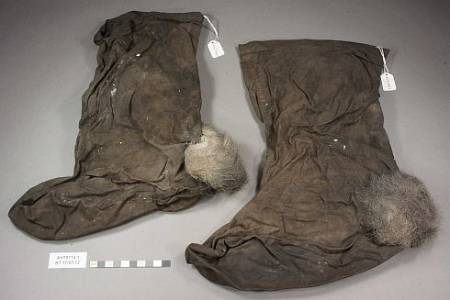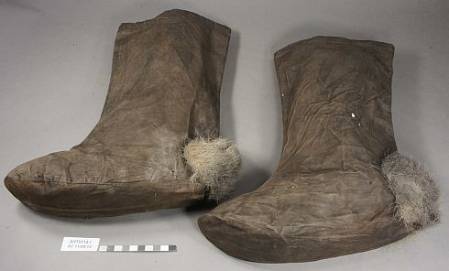Author: Jana
Date: 28 August 2012
Temperature: -29.9C
Wind Speed: 15 knots
Temp with wind chill: -45C
Sunrise: 09:59
Sunset: 15.32
Happy to have settled on the ice at last, Martin and I have wasted no time sinking our teeth into the first project of this summer’s work programme: for the two months that we will be working from the relative comfort of Scott Base, we will be treating artefacts from one specific location at Scott’s Terra Nova hut, Bowers’ Annex.
Boxes being excavated from Bowers' Annex. © AHT/Jana
Henry ‘Birdie’ Bowers, whose distinctive nose earned him his distinctive nickname, was in charge of organising all the stores and supplies for Scott’s second Antarctic expedition. The majority of these stores were tinned foods packaged inside wooden boxes, and by using dozens of these boxes as improvised building blocks, Bowers created a sort of lean-to addition to the south side of the hut – what we now call Bower’s Annex. From inside this relatively protected structure he was able to sort, count and repackage the huge volume of supplies and rations needed by the sledging teams headed towards the South Pole.
Boxes waiting for treatment in Scott Base Carpentry shop. © AHT/Jana
While most of the supplies stored inside the annex were used up long ago, the boxes forming the walls of the annex remained in place until several years ago. Because of their position on the south side of the hut, they were particularly vulnerable to wind and snow build-up, and it has been a priority for the Trust to excavate and treat them in order to prevent further damage. The boxes were excavated from the annex several seasons ago and have gradually been staged to Scott Base, where they now lie in wait for Martin and I. Martin will be treating the boxes themselves while I deal with the contents, and we look forward to showing you our progress!




.jpg)














